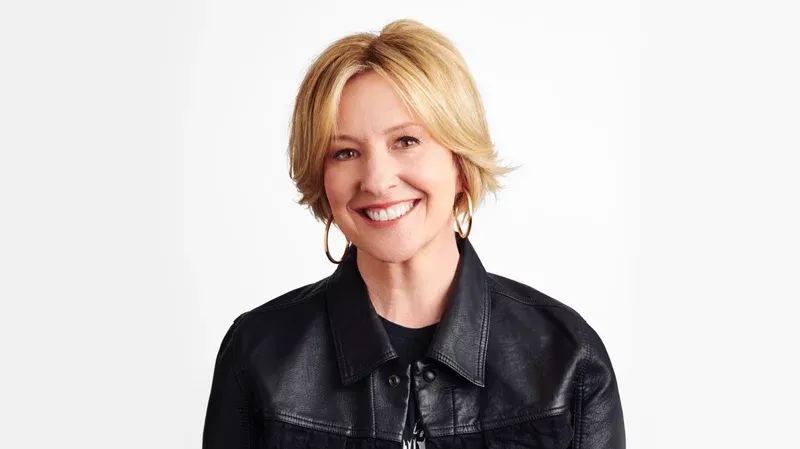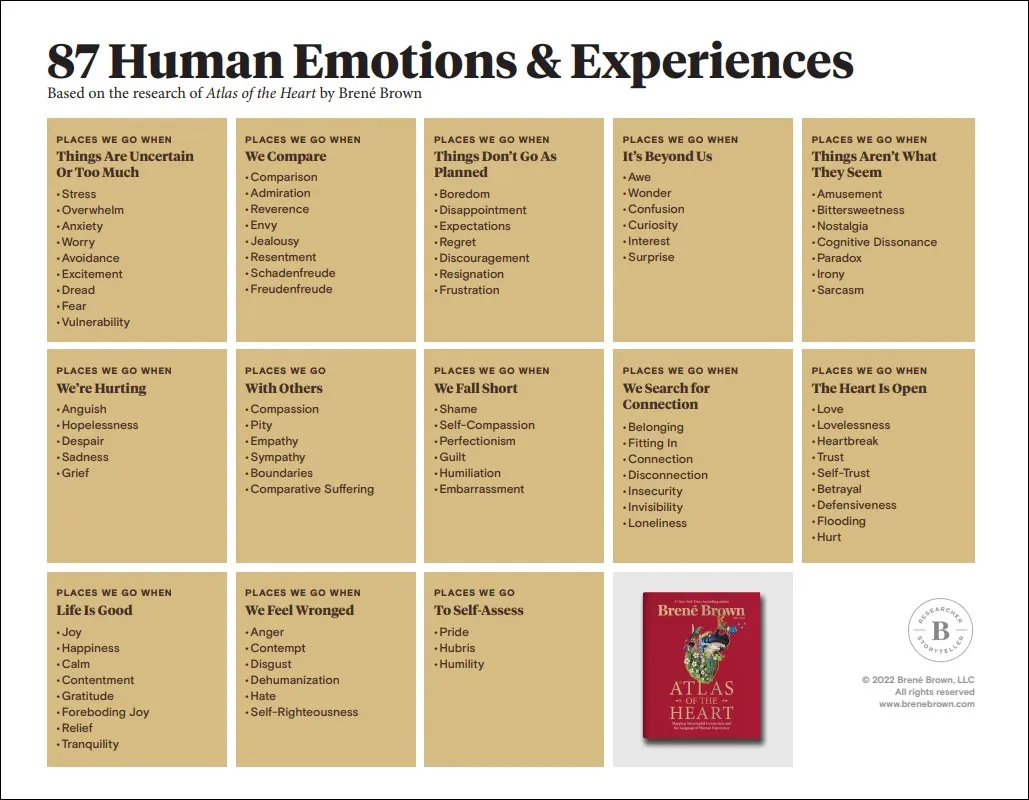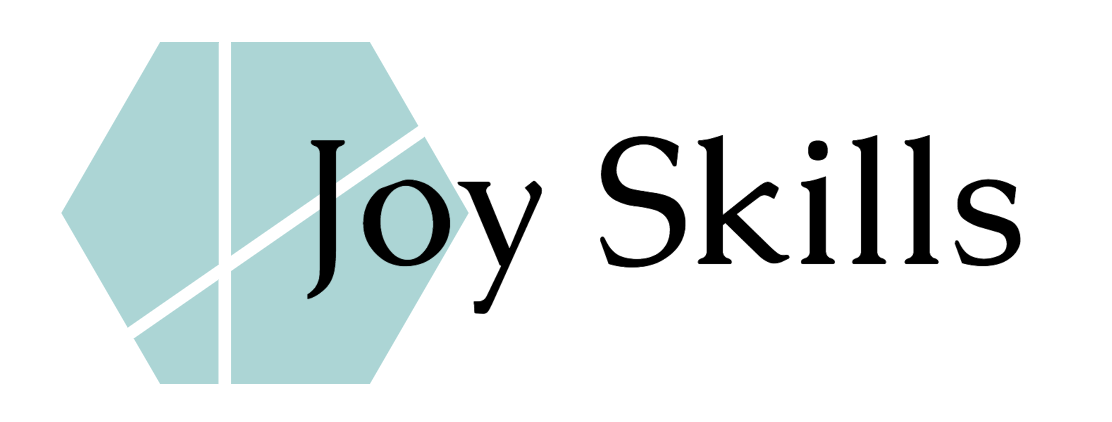Brene Brown Discovers Checking In. 12 April 23

Our Experience of Checking In
When we ran our first Joyskills courses we found that Brits had great trouble naming their emotions. We soon realised that if you couldn't sense when you were feeling a painful emotion you often were being run by brain circuitry affected by sadness or anger without realising it. We therefore began doing check-ins in our sessions. We would check-in how we were doing. When we joined Journey Groups from Deeper Walk we saw that they had discovered the same thing.
Why is this important?
If we want to connect with people well then we need to return to connection from painful emotions. The first step in doing that is to notice how we are feeling. Taking two minutes for each person to Check In is really helpful. We might do a few rounds. One with emotions one with the relational circuits checklist.
Zooming In
If you are running a group then encourage people to look at a checklist which provides a list of emotion words. This is very helpful for members who aren’t accustomed to naming their emotions.
Or use a checklist yourself.
There are lots of checklists that can get us noticing how we are feeling. Here is an interesting one from Brene Brown'. I thought it was stimulating (and it saves me buying the book!) - see the bottom of the page for a pdf version.

An Example of Checking In
Amy Brown gives a great explanation of checking in her book Journey Groups: Level One:
"We begin each Journey Group meeting by Checking In.
We check in by choosing one or two emotion words that describe our current feelings, and briefly describe what led to those emotions. S.A.S.H.E.T. (Sad, Angry, Scared, Happy, Excited, Tender) is a simple acrostic of emotion words that you might want to use if you are not in the habit of noticing and sharing your emotions.
However, you may check in with any emotion word that fits. Here’s an example of Checking In:
“Today I’m checking in as peaceful but sad. My daughter and I are especially close, and we have lots of fun together. She’s been home for the last week. I’m sad because she went back to college today and I miss her, but I’m peaceful because I spent time with Jesus processing my sadness. I’m in.”
Amy ends the Check In with the phrase “I’m in” to signify we are finished checking in, but also that we are “all in” for group time together. Checking In is a way to identify and share where we are on the emotional map as we gather and is a time to turn from distractions and set our hearts to be fully present with the group.
You can find Brene's chart on her website here if you want a pdf version to work with

